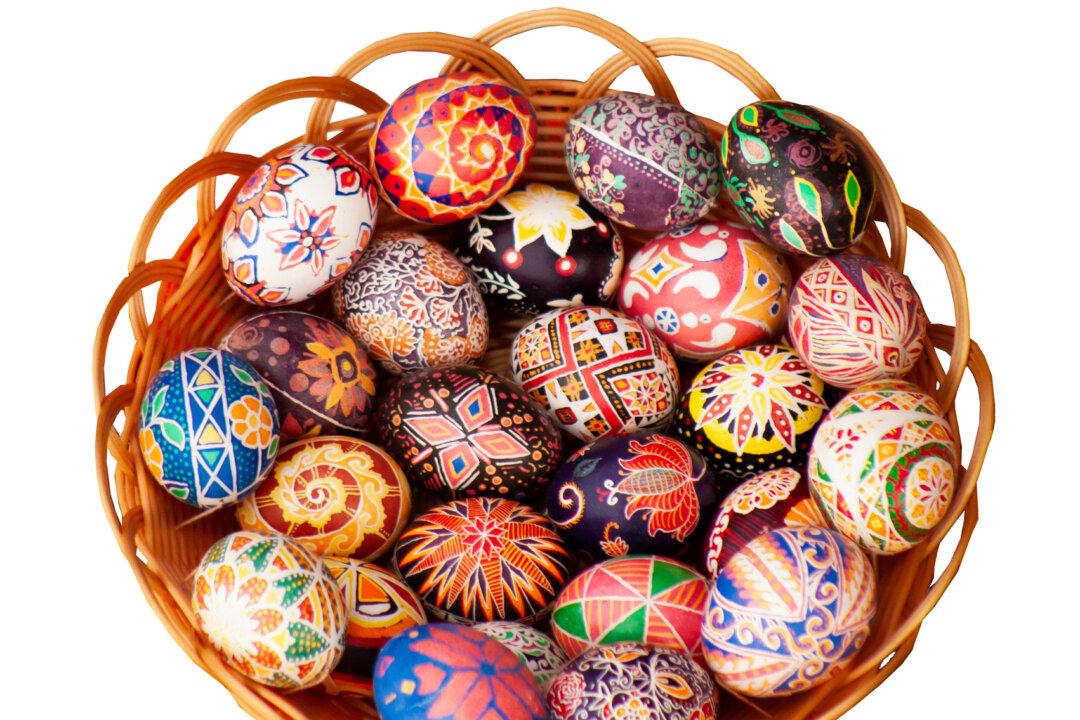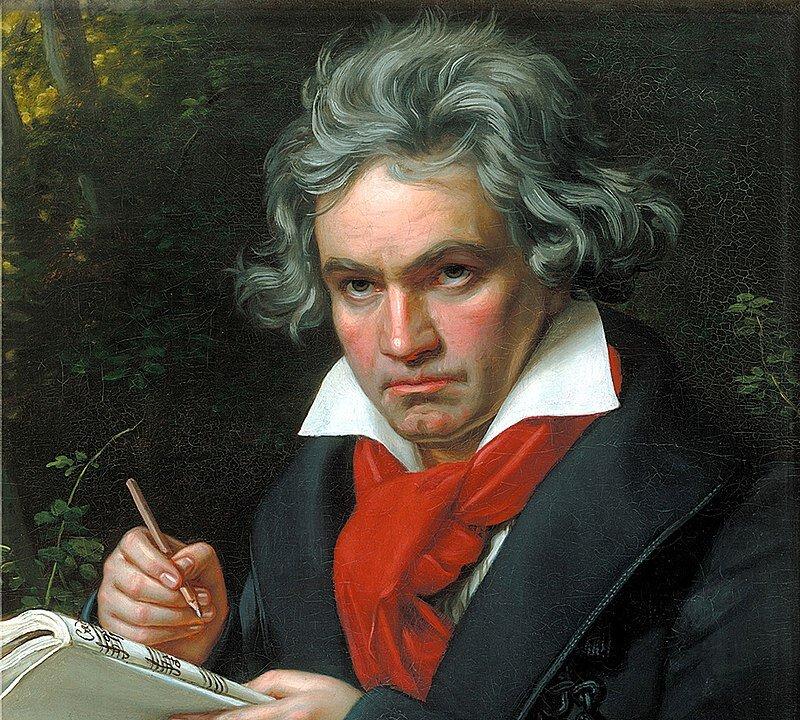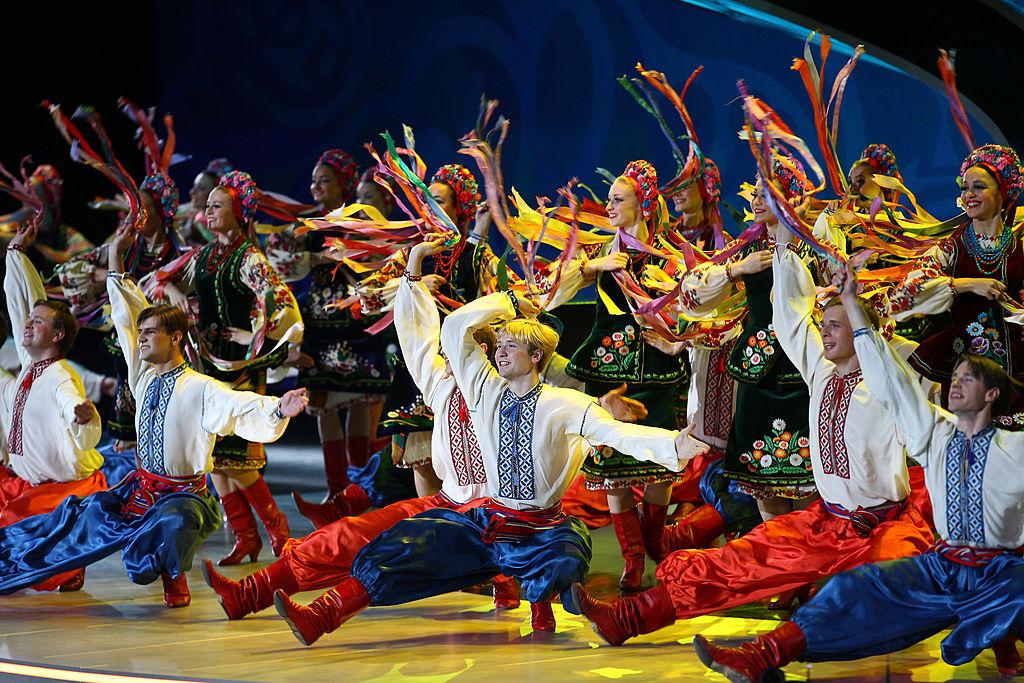As a child, I was fortunate to be taken on a trip to Europe. And one of the most stunning objects I saw was the Ukrainian Easter egg.
It was a shimmering, meticulously painted, elaborately decorated, multicolored wonder. Although I was only an elementary-aged little girl when I saw one, I never forgot it.





